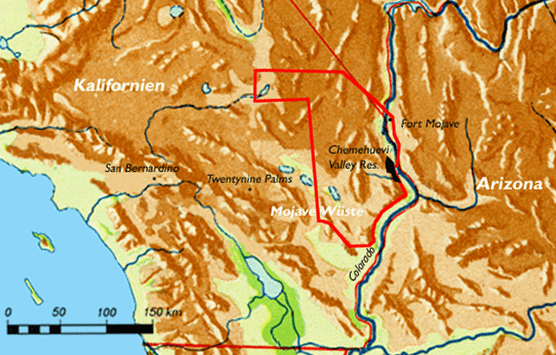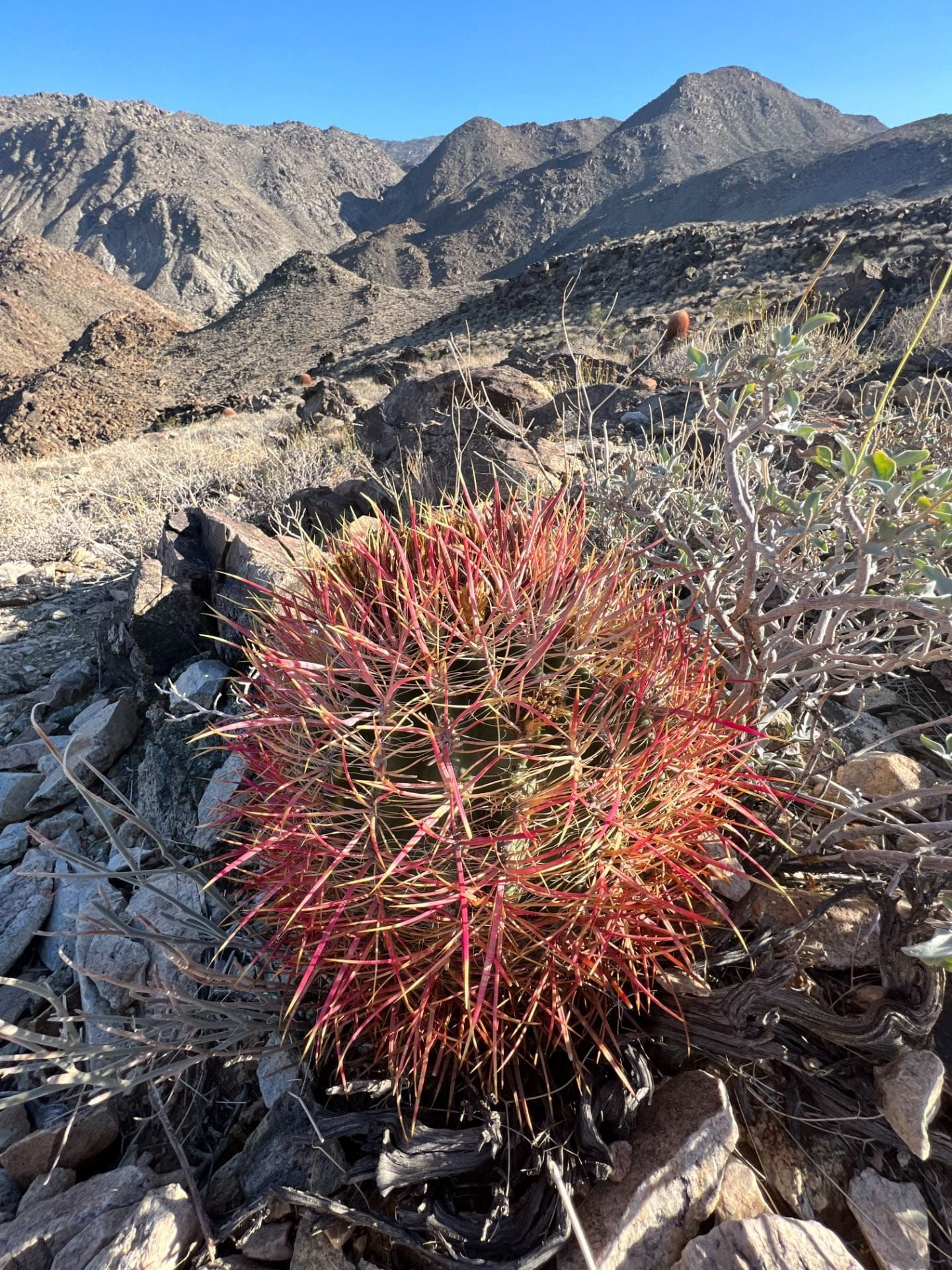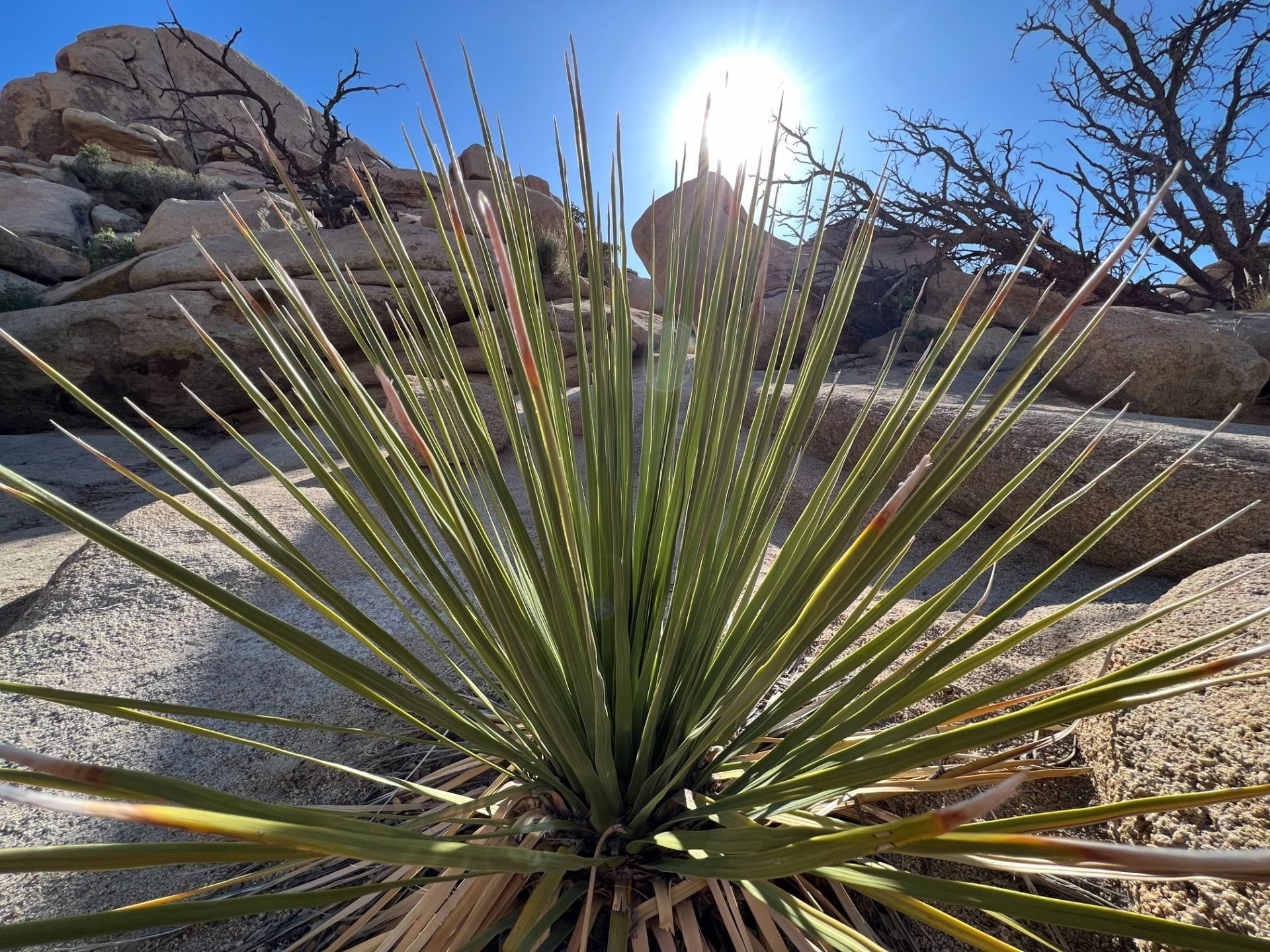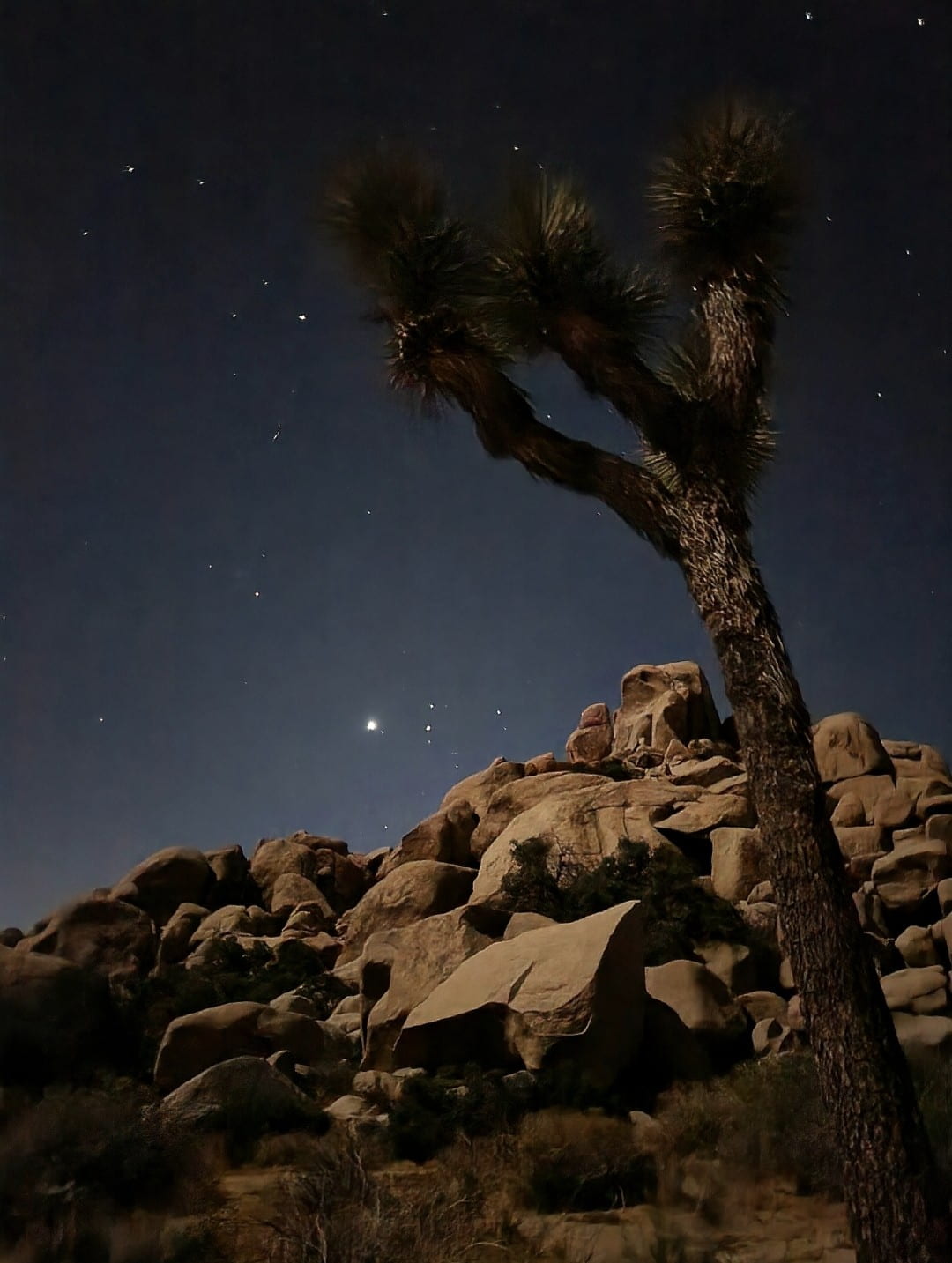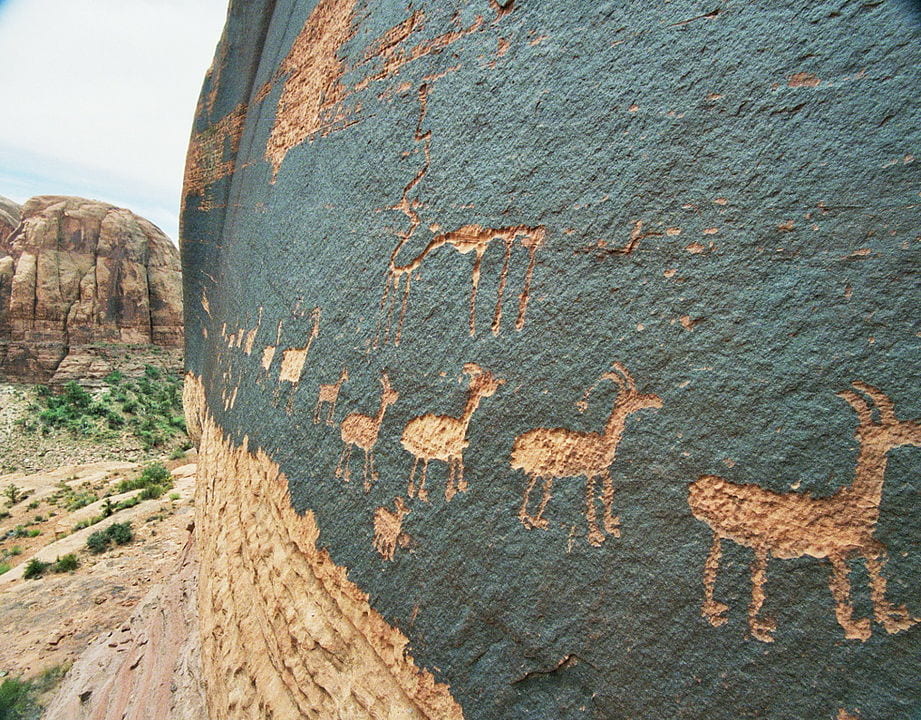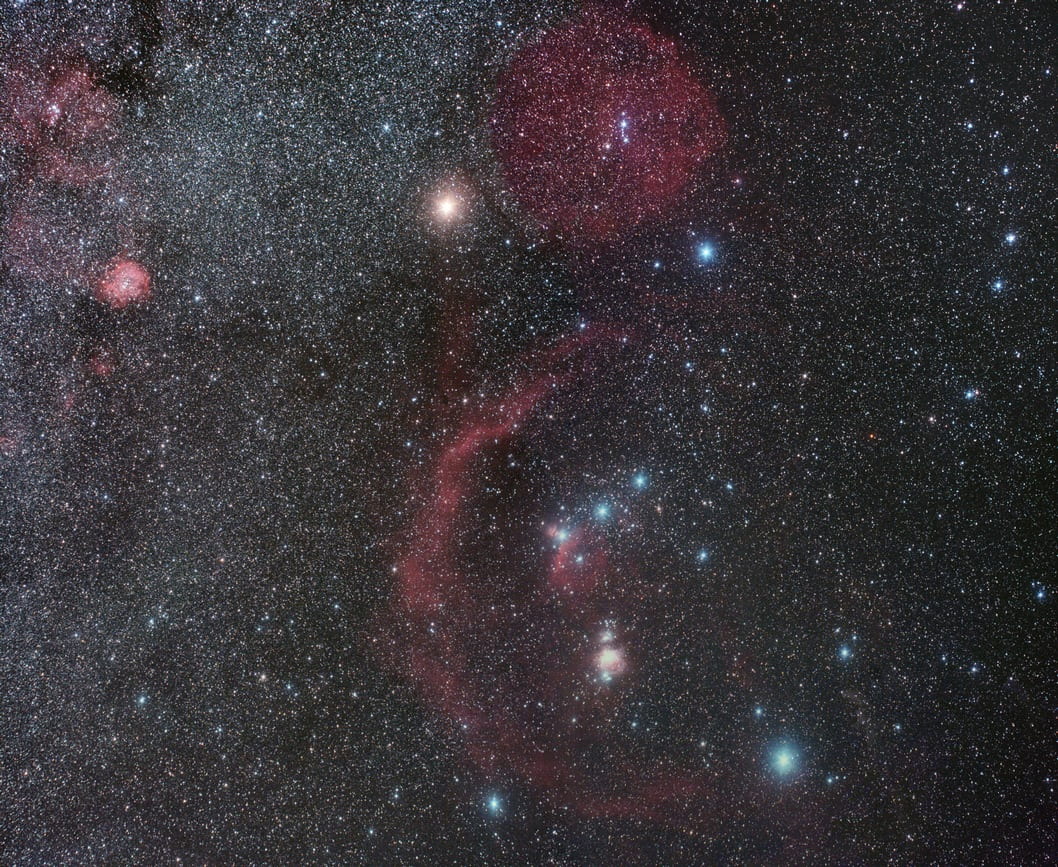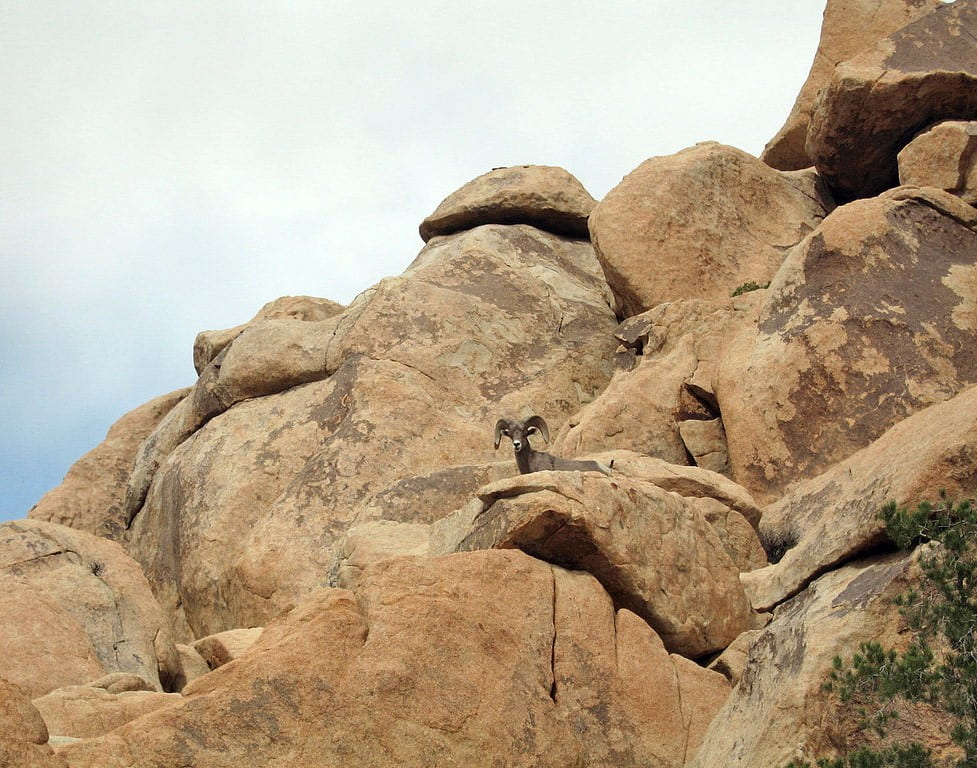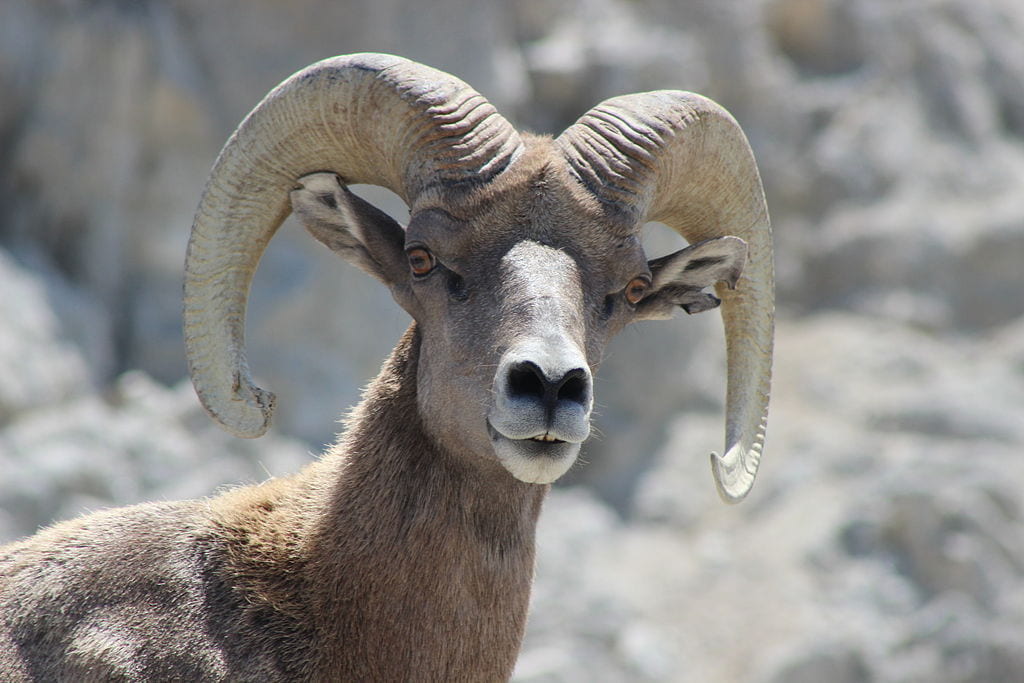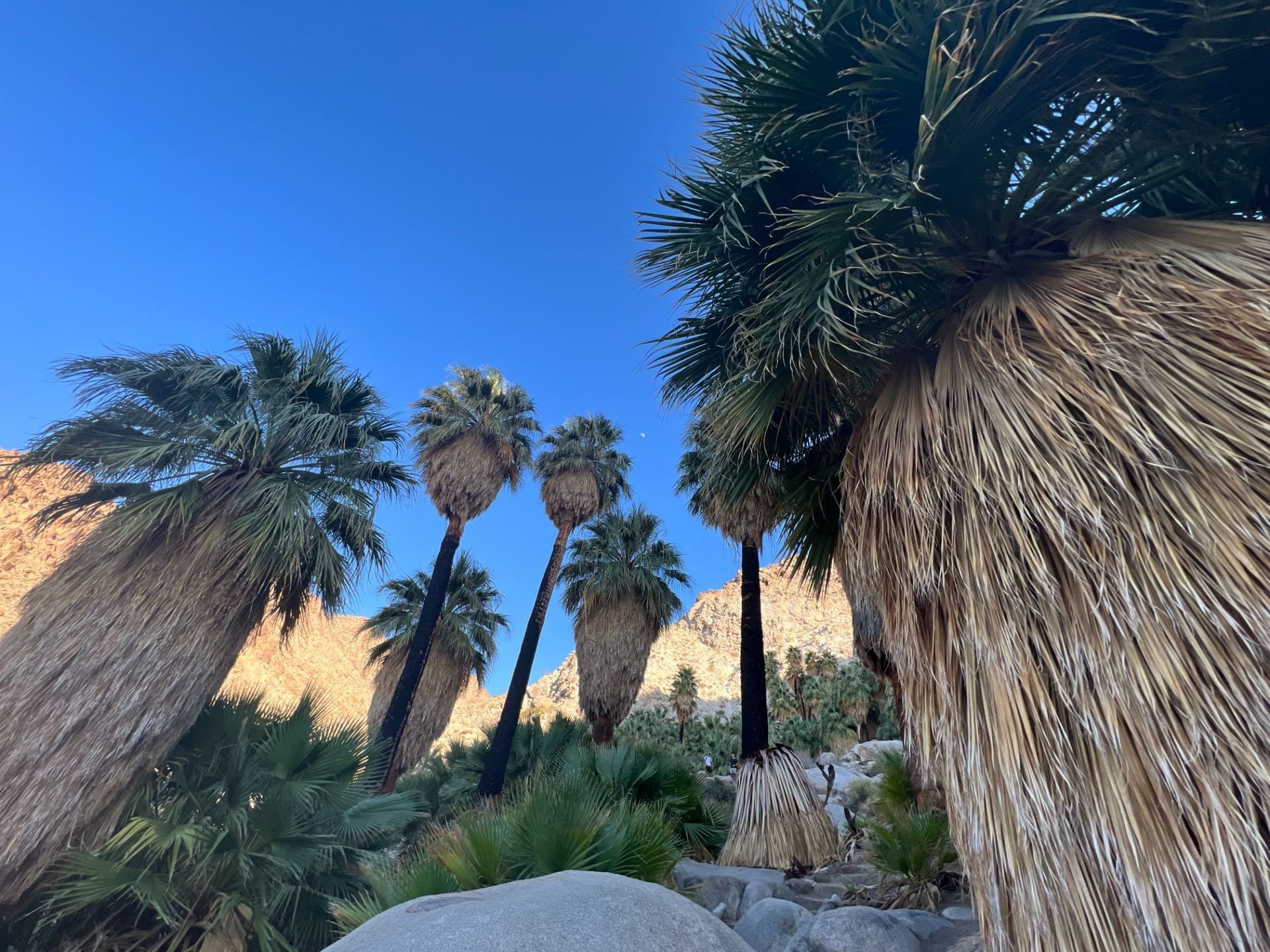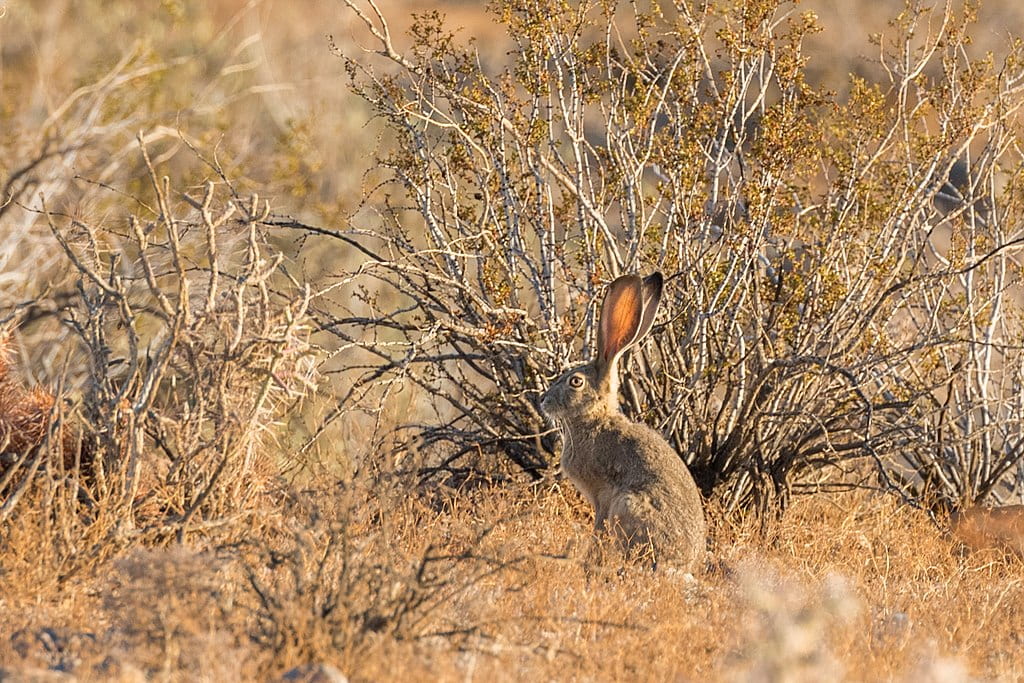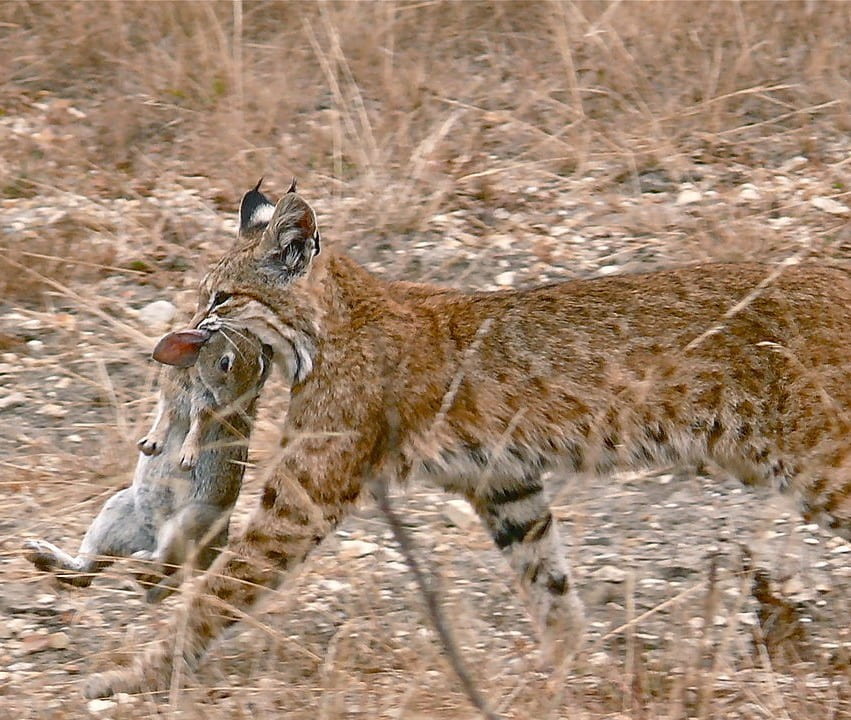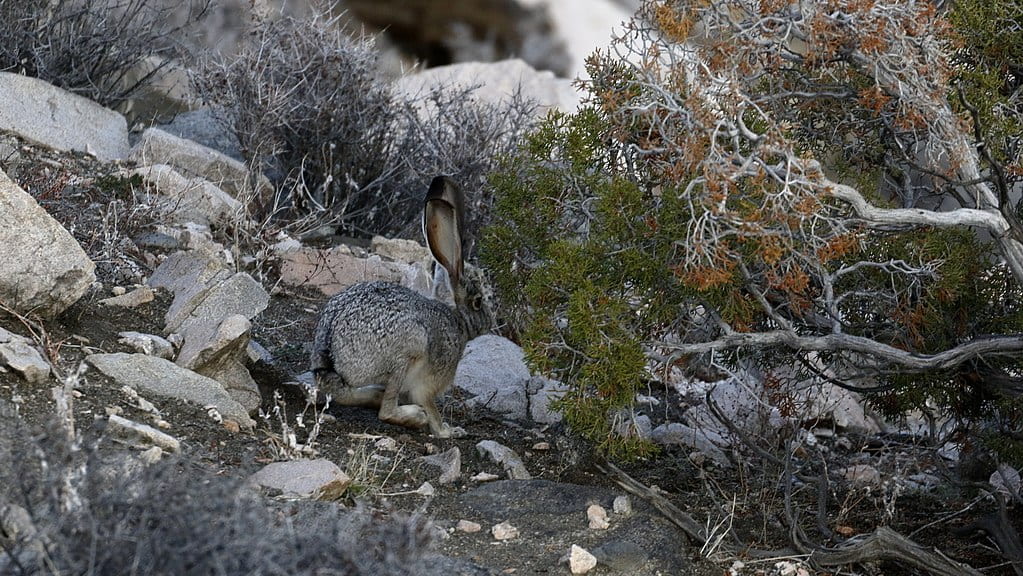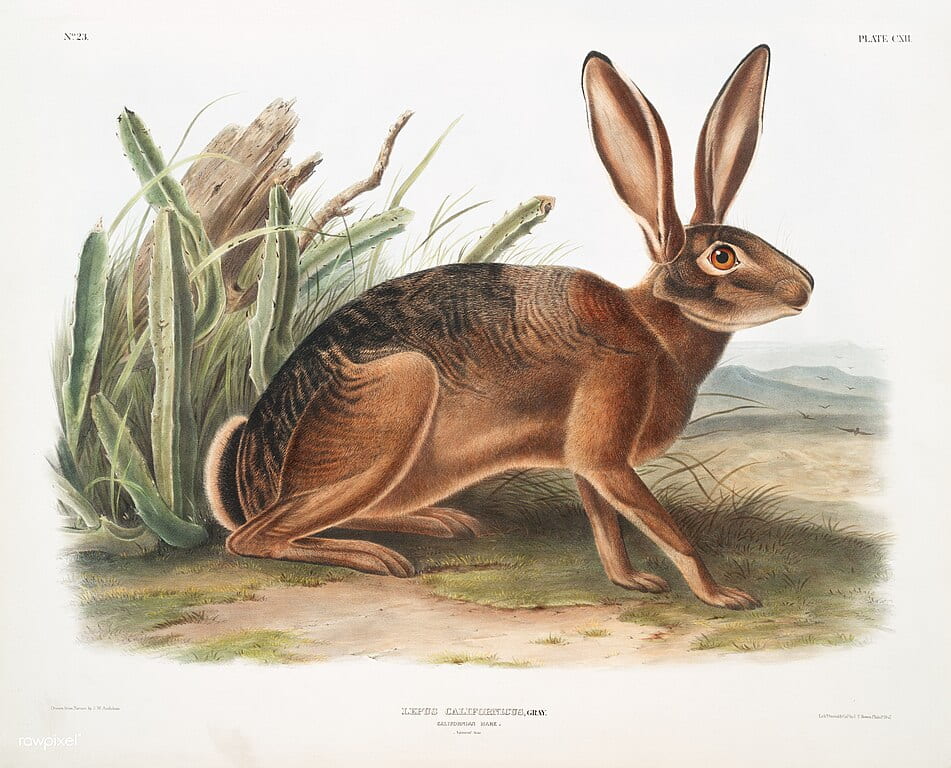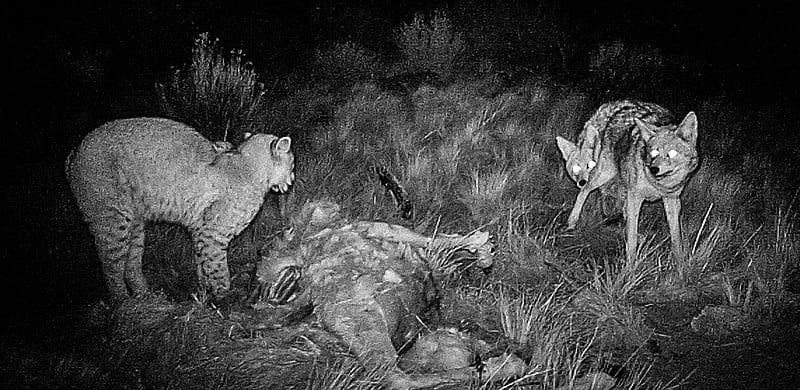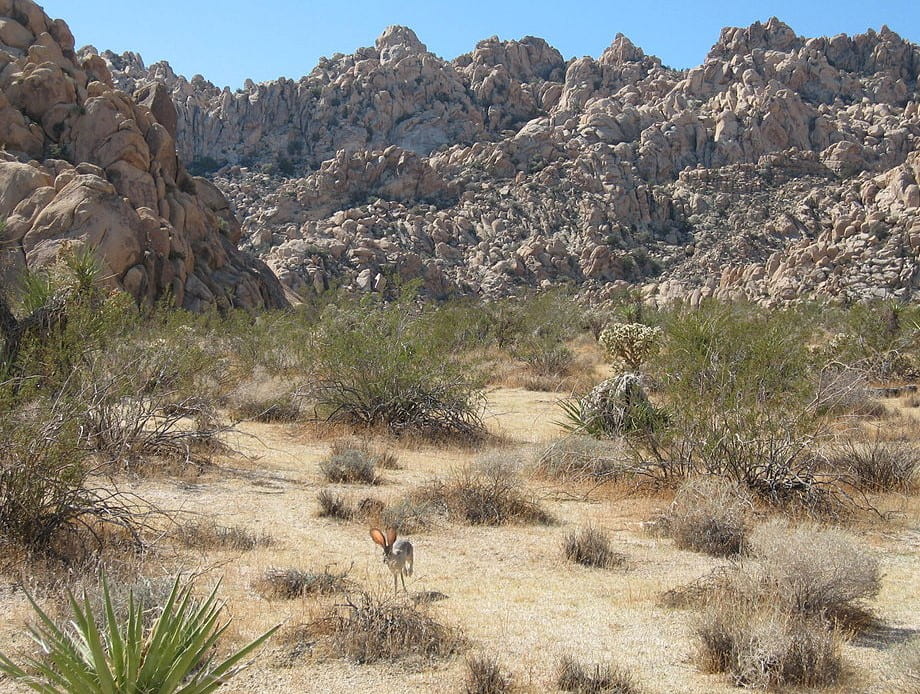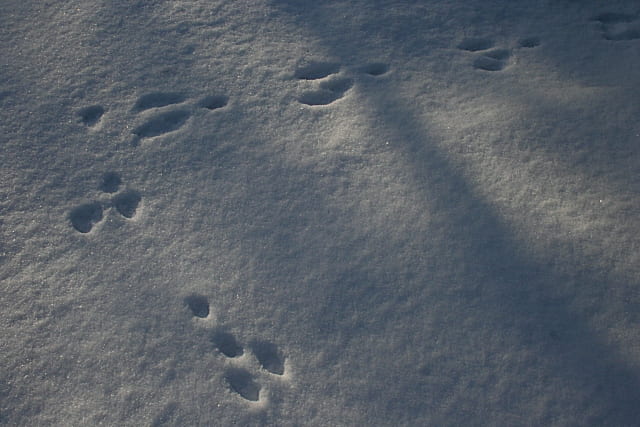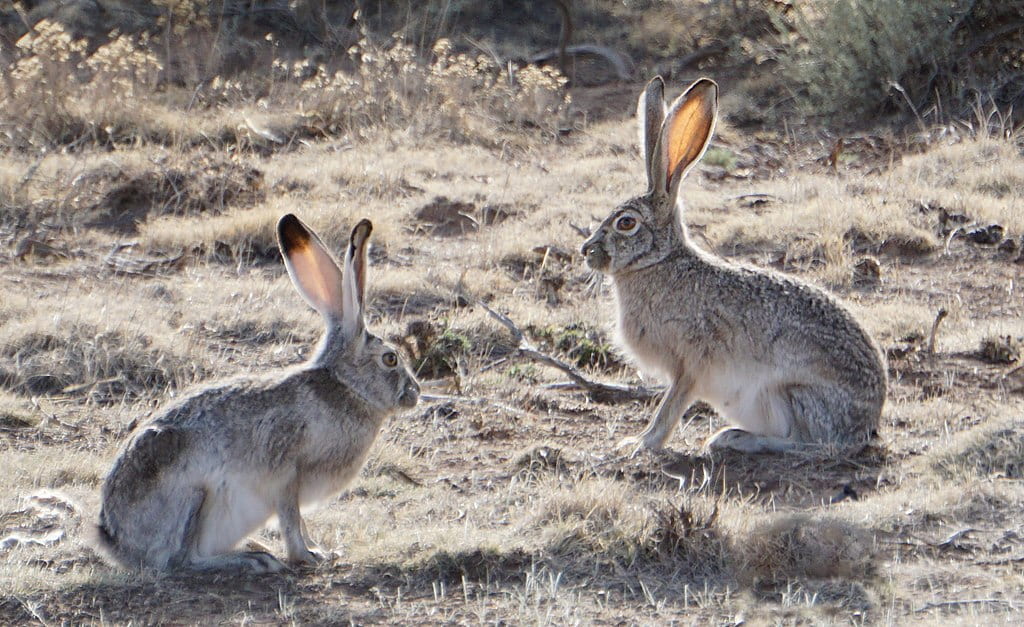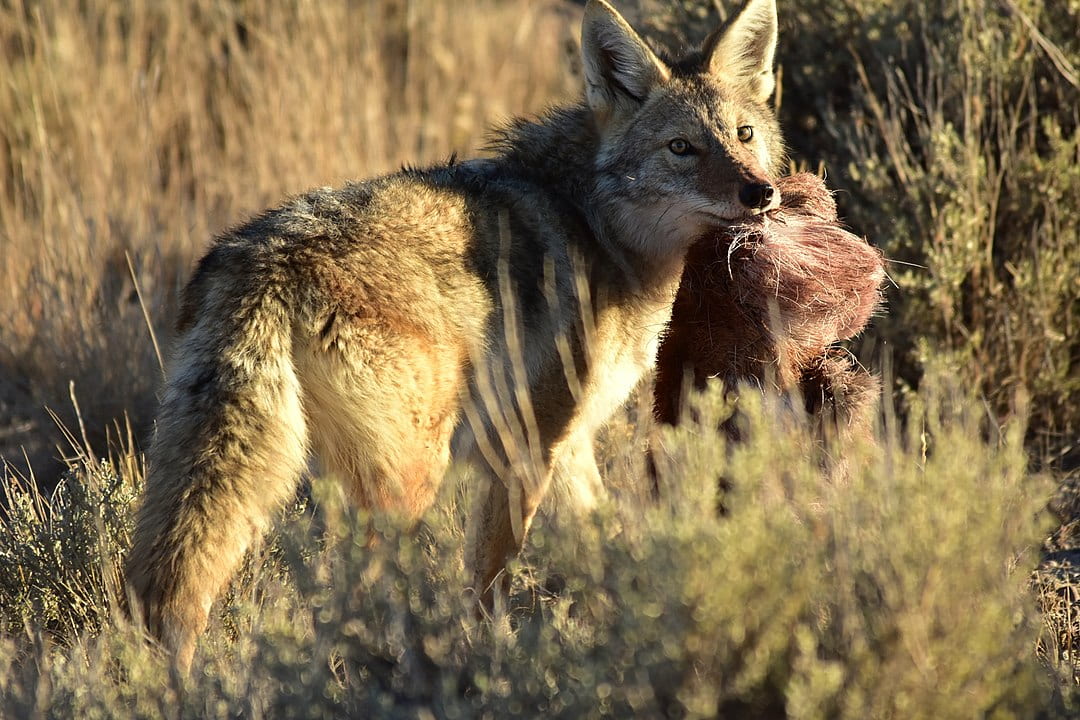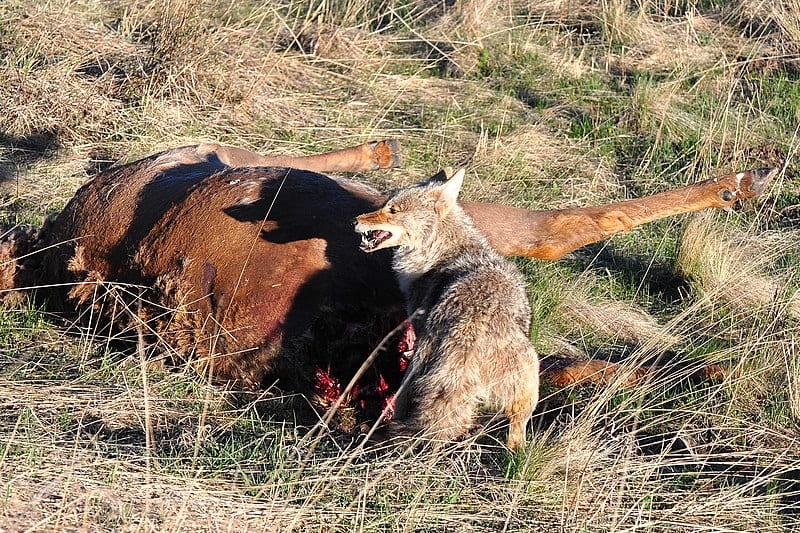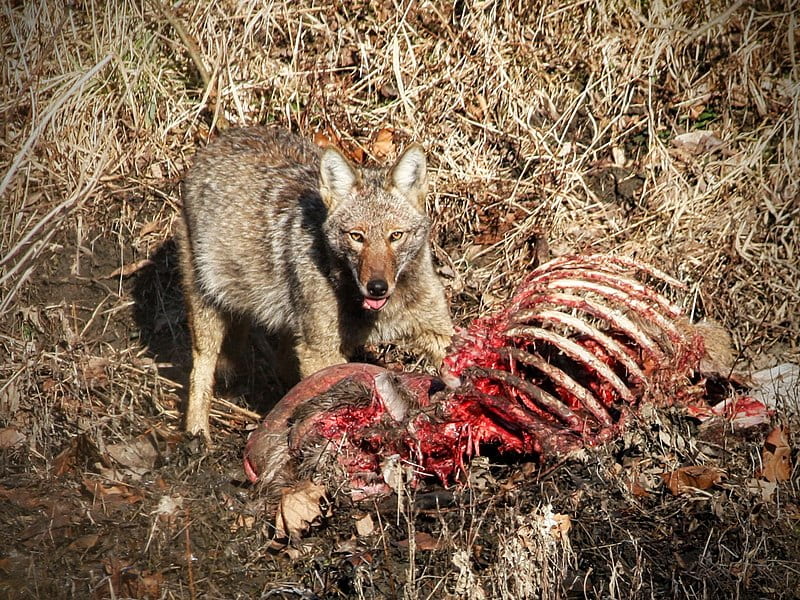Chemehuevi Astronomy
Entry by Michelle Scalise Sugiyama
The Chemehuevi are a branch of the Southern Paiute who traditionally made their home in the Mohave Desert. Their territory extended roughly from the Tehachapi Mountains on the west to the Colorado River on the east, and from Death Valley and Las Vegas in the north to the San Bernadino and San Gabriel Mountains in the south.
Image by Günter Strube
Photo by Michelle Scalise Sugiyama
Photo by Michelle Scalise Sugiyama
According to Stewart (1968), “Chemehuevi” is an exonym coined by the Mohave, their neighbors to the east, who used it to refer to all Southern Paiute tribes. The Chemehuevi call themselves Nümü, meaning “people.”
The Chemehuevi used the stars to predict the change of seasons, especially the advent of spring. At this time of year, certain asterisms were known to rise just before the sun. As they felt the season approaching, Elders versed in star lore would get up before dawn and stand naked in the cold, scanning the horizon for the appearance of these signals.
“Times and seasons were established by correlating the changes in the heavens with the changes on the face of the earth.”
–Laird (1976:93)
Photo by Karla Kenny
Photo by Jim Bouldin
Photo by MaGem
“Chemehuevis read the seasons in the stars and not on the white man’s calendar.”
—Laird (1976:93)
The pictures the Chemehuevi envisioned in the stars reference important economic activities. For example, the constellation Nagawɨ (Mountain Sheep), which corresponds to the stars in Orion’s belt, represents three mountain sheep being pursued by a group of hunters. The star Aldebaran, called Muhʷintɨ (Leader), represents the man directing the hunt, while Betelgeuse and Rigel, called Tɨhoʷagantɨmɨ (Ambushers), represent two hunters lying in wait for the quarry. The sheep in the middle has been shot with an arrow. This is referenced in two companion constellations: Huu Wisiˀʸah (Arrow’s Feathers), which corresponds to the stars in Orion’s sword, and Huu Wɨnˀnawa (Arrow’s Flint), which corresponds to the star cluster that forms Orion’s head. Sirius, called Tɨrɨnapɨgantɨ (Follower), represents the father of the sheep who was shot.
As this description indicates, Nagawɨ and its companion constellations were linked with a myth, which unfortunately has been lost. The references to mountain sheep, feathers and flint, ambush, and hunting party size suggest that the myth encoded information about hunting strategies and arrow technology.
Photo by Robb Hannawacker
“In ancient times there must have been many episodes from many myths poetically bound up with the night sky—the myths identified the stars and constellations, and the starry heavens reminded men of the myths.”
—Laird (1976:92)
For example, Kroeber (1925) reports that Chemehuevi arrows were tipped with flint points, while Van Valkenburgh (1976) notes that mountain sheep had to be shot at close range, and that hunters would sneak up on them from behind to avoid their horns. Chemehuevi survival depended on this knowledge: along with deer, mountain sheep were the most important big game animals in Chemehuevi life. In addition to meat, these animals provided hide and sinew for the manufacture of hats, shirts, storage bags, quivers, moccasins, and sandals.
“Mountain sheep were the most difficult and dangerous to hunt because they lived much of the time on the high, precipitous scarps. When possible, the hunters hid in well-camouflaged blinds at the water hole and shot the animals with their bows and arrows when they came to drink.”
—Bean (1972:58)
Another constellation, Kamɨmugʷigʸarɨtɨah (Jackrabbit Sitting Place), references rabbit hunting. Like deer and bighorn sheep, rabbits were an important resource: their flesh provided sustenance and their skins provided blankets.
Photo by Joshua Tree National Park
Photo by Linda Tanner
The myth associated with this constellation tells of the Wildcat Brothers, who owned a song for killing kamɨwɨ (jackrabbits) and tavutsiwɨ (cottontail rabbits). They would walk along singing “hii’kwasii'” (“tail”) until they spotted a rabbit. Then one of them would dispatch the animal by pointing at it and shouting “Tosatavitaakwaˀa” (“White tumbling over!”).
This part of the story appears to encode useful zoological information. Although the means used to kill the rabbit is supernatural, the means used to detect it is not. Through the use of song to call attention to the animal’s tail, the story identifies a vulnerability that hunters can use to their advantage: a rabbit’s grayish-brown pelt provides highly effective camouflage, but the white on its tail is a dead giveaway. The story also encodes the information that bobcats hunt rabbits, which points to another means of detecting this resource: keep an eye out for wildcats or signs of their presence, such as tracks or scat.
One day Coyote tagged along with the Wildcat Brothers and decided to steal their song so he could hunt rabbits with less effort. Here the story encodes the information that bobcats and coyotes compete for this resource. When they lost their song, the Wildcat Brothers were forced to hunt with bows and arrows, which was much more difficult. At last one of them managed to hit a jackrabbit, but the animal escaped because it was only wounded. This episode is referenced in a companion constellation called Kamɨnukʷitavipagᵅipɨ (Where the Jackrabbit Made Tracks as He Leaped). This constellation consists of three or four pairs of dim stars that lead upward from Jackrabbit Sitting Place. Presumably, these stars resemble jackrabbit tracks, and may have been used as a visual aid for teaching others how to recognize the animal’s spoor.
The Wildcat Brother pursued the wounded jackrabbit, who fled to the top of the sky and joined the Sky Rabbits for some gambling. Wildcat’s maternal grandfather, Sun Spider, was there as well, trying to win back what he had lost. Wildcat helped Sun Spider change his luck for the better and outsmart the Rabbits. After recouping his losses, Sun Spider pretended to have diarrhea. Each time he went off to (allegedly) relieve himself, he cast his hunting net, until eventually the entire gambling area was surrounded. When the gambling ended just before dawn, the Rabbits tried to leave without paying but were caught in Sun Spider’s net. This part of the story references the game drive method of hunting rabbits (Van Valkenburgh 1976), and may encode information about the best time of day to set the nets.
Photo by Scott Rheam
“The Sky Rabbits lost everything. Finally they bet their lives and lost them too. Then the game broke up, and they tried to run away. But Wildcat . . . killed them all. Because of the net that had been cast, not one escaped.”
—Laird (1976:155)
Yet another Chemehuevi myth explains the origin of the Pleiades (Soniyawɨ). This occurred when one of Coyote’s daughters became gravely ill and a shaman was summoned to heal her. It was then discovered that Coyote had engaged in incestuous relations with her, and she had become pregnant. This so disgusted Coyote’s wife, children, and the shaman that they abandoned him and fled to the sky, where they became stars. Coyote’s wife inflicted further punishment by transforming him into his present form: “You will become cinaˀavɨ, coyote. You will poke your long nose into the filth of abandoned campsites and become a scavenger!” (Laird 1976:157). This constellation does double duty, simultaneously encoding information about Chemehuevi behavioral norms (Laird 1977) and coyote feeding habits. By using the persona of Coyote to associate incest with carrion and decay, the story makes it clear that this behavior is forbidden.
References
Bean, L. J. (1972). Mukat’s People: The Cahuilla Indians of Southern California. Berkeley: University of California Press.
Kroeber. A. L. (1925). Handbook of the Indians of California. Washington, D. C.: Government Printing Office.
Laird, C. (1976). The Chemehuevis. Banning, CA: Malki Museum Press.
Laird, C. (1977). Chemehuevi myth as social commentary. Journal of California Anthropology, 4(2), 191-195.
Stewart, K. M. (1968). A brief history of the Chemehuevi Indians. Kiva, 34(1), 9-27.
Van Valkenburgh, R. F. (1976). Chemehuevi notes. In Paiute Indians II. New York: Garland.
